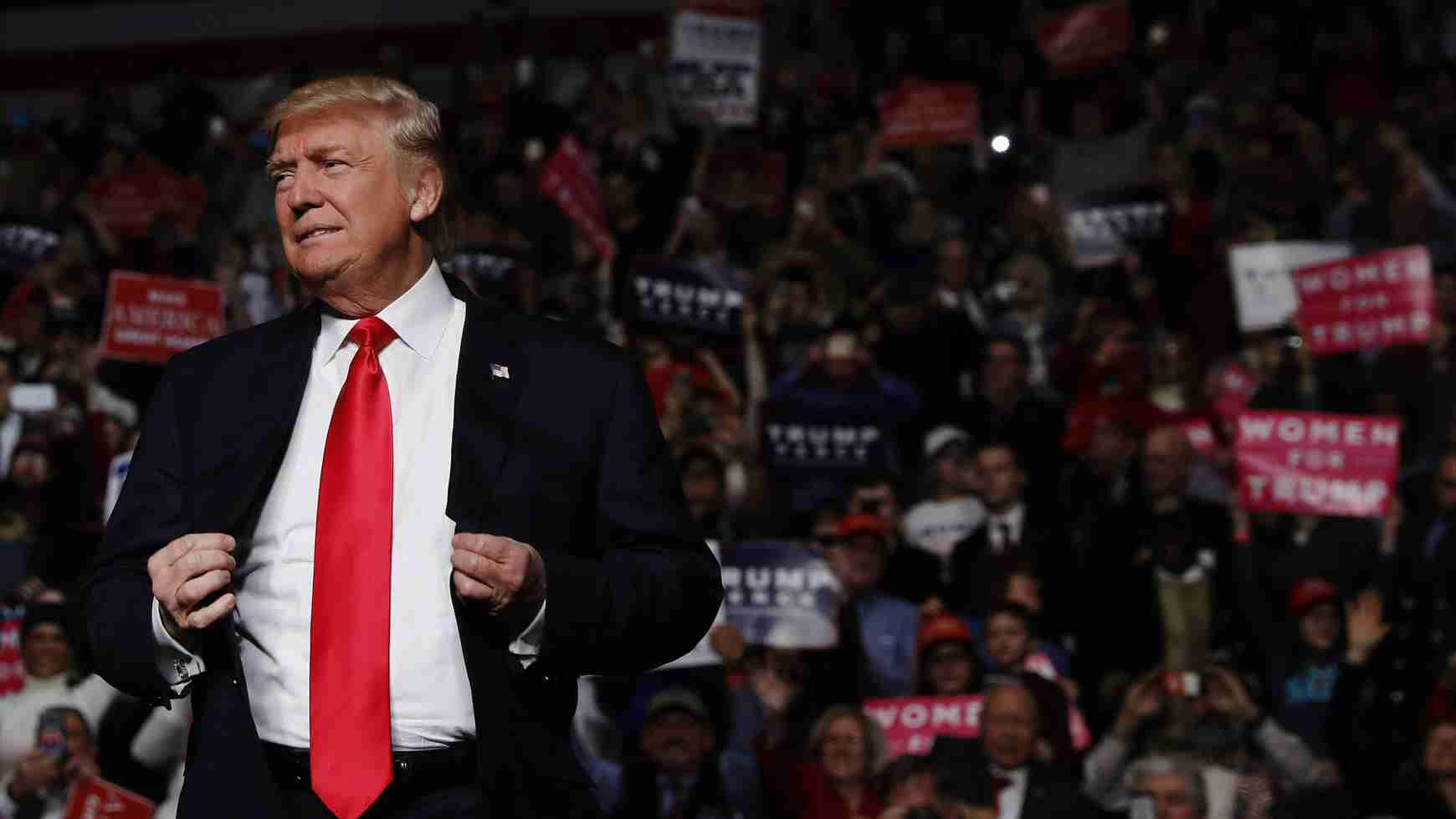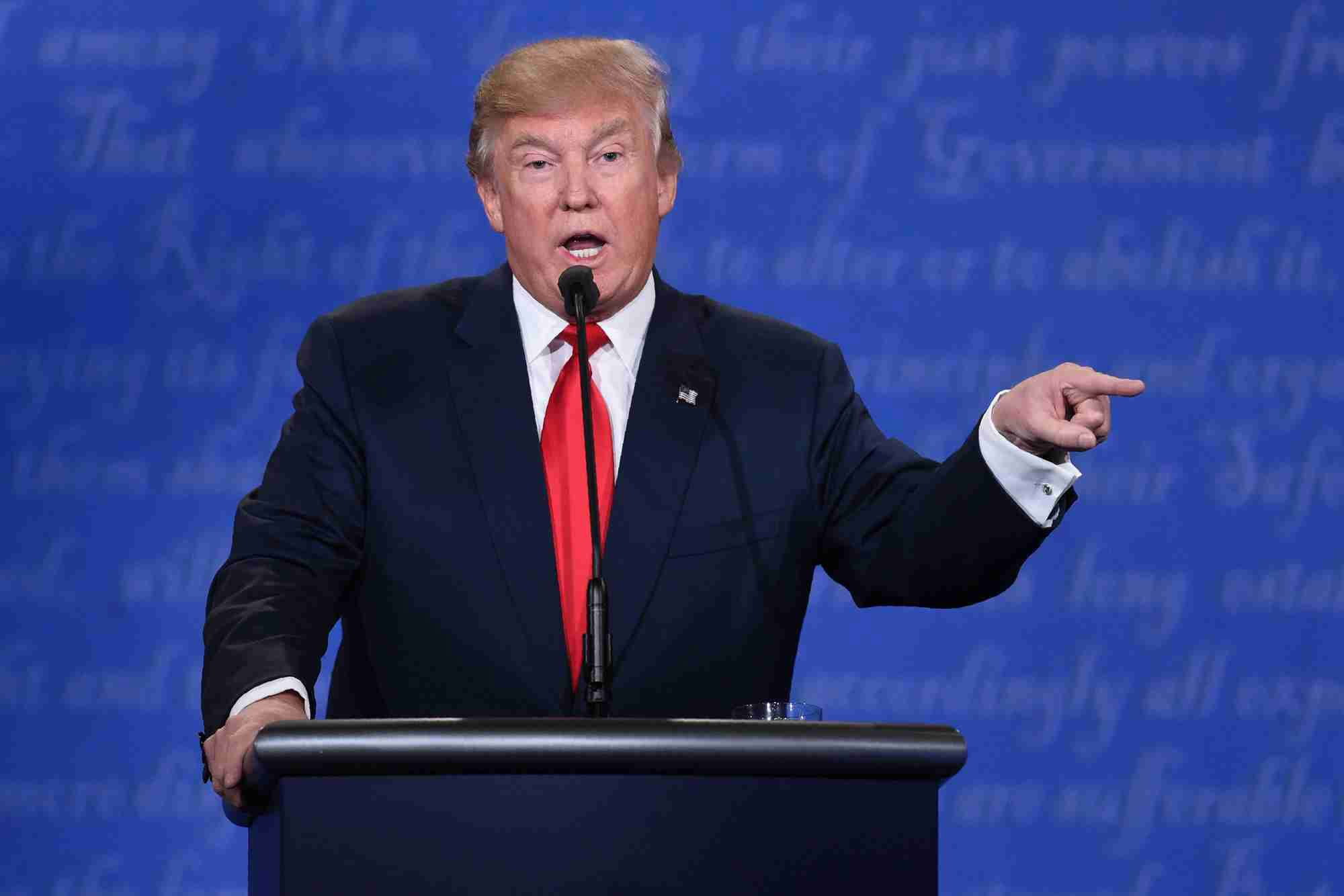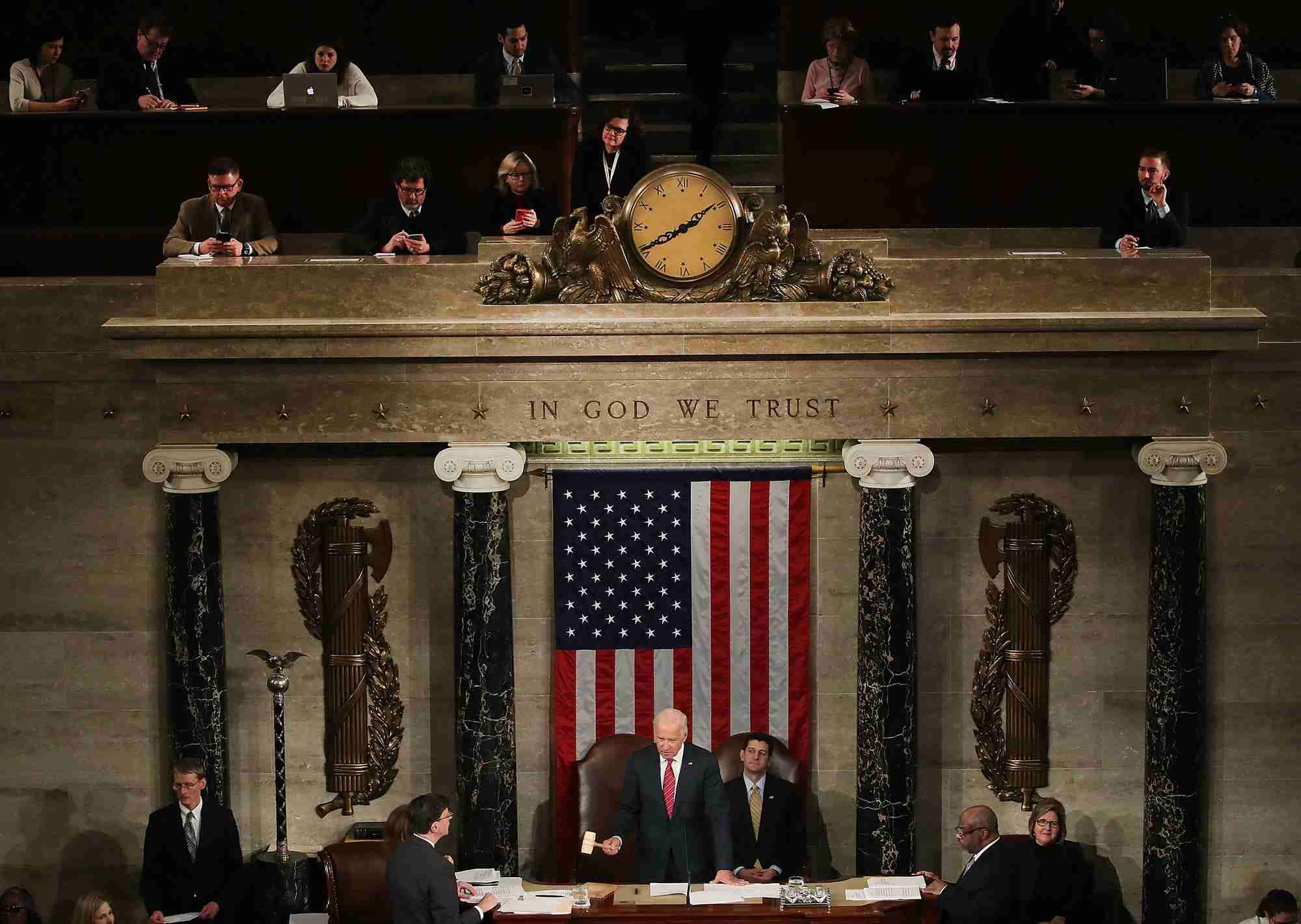
Politics
21:36, 07-Jan-2017
Analysis: Trump’s economic plan faces Republican backlash in Congress
Updated
10:32, 28-Jun-2018

Written by Yu Xiang
With the clock ticking down to the inauguration date, people are more eager to see whether President-elect Donald Trump can realize his promises. Trump sent out his latest economic messages on Wednesday. He repeated again that he wants to cut taxes and increase defense budget and infrastructure spending to stimulate the US economy.
In the short-term, his plan would likely stimulate the economy, because the nature of his plan is using the visible hand of government to increase the input of public spending and reducing the tax burden. According to estimations, Trump’s plan would cut taxes by an average 2940 dollars in 2017 for most households. The average family in America would see their effective or overall tax rate reduced by about 2 percent. The 2017 GDP growth will be boosted by 0.6 percentage points, from 2.4 percent under the pre-election forecast to 3.0 percent. For 2018, the new policies could increase GDP growth to 3.9 percent, up from 2.7 percent under the pre-election forecast.

US President-elect Donald Trump. /CFP Photo
US President-elect Donald Trump. /CFP Photo
But Trump’s economic plan will bring trouble for the US economy in the long run, which is concerning for Republicans in the Congress. Simultaneously cutting taxes and increasing public spending will risk transforming annual deficits during the next decade into a debt load, the scale of which the federal government has never seen. The Committee for a Responsible Federal Budget which is based in Washington calculates that Trump’s economic plans would pile on 6 trillion dollars in debt and beyond that 9 trillion dollars’ increase during the next decade. In terms of percentage of gross domestic product, that would rival the record debt load in the aftermath of the Second World War.
Trump’s policy agenda, the most ambitious conservative plan since the 1920s faces the test of passing Congress.
Considering the US constituency mechanism arrangement, Congress has more authority on domestic issues than foreign affairs. Most obviously, the White House’s budget plans must get approval from Congress. Whether the federal government can raise the national debt ceiling is also decided by Congress. In the next two years, the Republicans in the 115th Congress will be the constraint of Trump’s ambitious economic plan.

A joint session of US Congress, on January 6, 2017 in Washington, DC. /CFP Photo
A joint session of US Congress, on January 6, 2017 in Washington, DC. /CFP Photo
Now the Senate and House are both controlled by the Republican Party. Although that doesn’t mean the Democrats have no influence, Republicans are sure to control floor time to decide legislation, especially considering that Democrats have to change the rules of the filibuster, on some issues, such as confirming nominees, Republicans just need a simple majority for any administration position or any judicial opening lower than the Supreme Court. The Republicans in Congress have more influence over the national agenda than with foreign affairs.
Although the Senate, the House, and the executive headquarters are all controlled by Republicans, they don’t necessarily belong to the same school as Trump, and they have their own priorities. Tea Party Republicans insist on repealing the Patient Protection and Affordable Care Act, otherwise known as “Obamacare” immediately. They set immigration reform and campaign finance transparency as their legislative priorities. Trump’s relationship with House Speaker Paul D. Ryan, a Republican from Wisconsin, has not been smooth from the start. Ryan set the debt ceiling as one of his top priorities. Other Republicans in Congress want reforms on federal spending on Social Security and debt interest payment. The Committee for a Responsible Federal Budget said the government spends more today on interest payments than on education, housing, and transportation combined, and that by 2023, interest payments will exceed the federal cost of Medicaid, which provides health coverage for the poor.

CFP Photo
CFP Photo
Trump has promised to reach those goals with his own aims at the same time. But it is an impossible mission to take care of so many policy goals with very limited policy tools, which goes against common sense.
Since November 8, more and more voices of disharmony have emerged. The secretaries Trump has nominated to his cabinet have frustrated Republican leaders. Till now there is no evidence that doing something meaningful regarding interest payments, as some Republicans have demanded, will be a priority of Trump’s economic plan. On the contrary, his bold or ignorant behavior indicates he not only wants to be an executive-order president, but also to be a legislative president. After Trump comes into the Oval Office, when the executive branch and Congress become more involved in concrete routine work, more and more disputes will be sure to happen. The constraint from the legislative branches will be more obvious.
(Yu Xiang is Harvard University Visiting Scholar, a Research Fellow and Director of Division of American Economic Studies at the Institute of American Studies, China Institutes of Contemporary International Relations (CICIR), 2014 National Outstanding Young Scholar. The article reflects the author's opinion, not necessarily the view of CGTN.)

SITEMAP
Copyright © 2018 CGTN. Beijing ICP prepared NO.16065310-3
Copyright © 2018 CGTN. Beijing ICP prepared NO.16065310-3